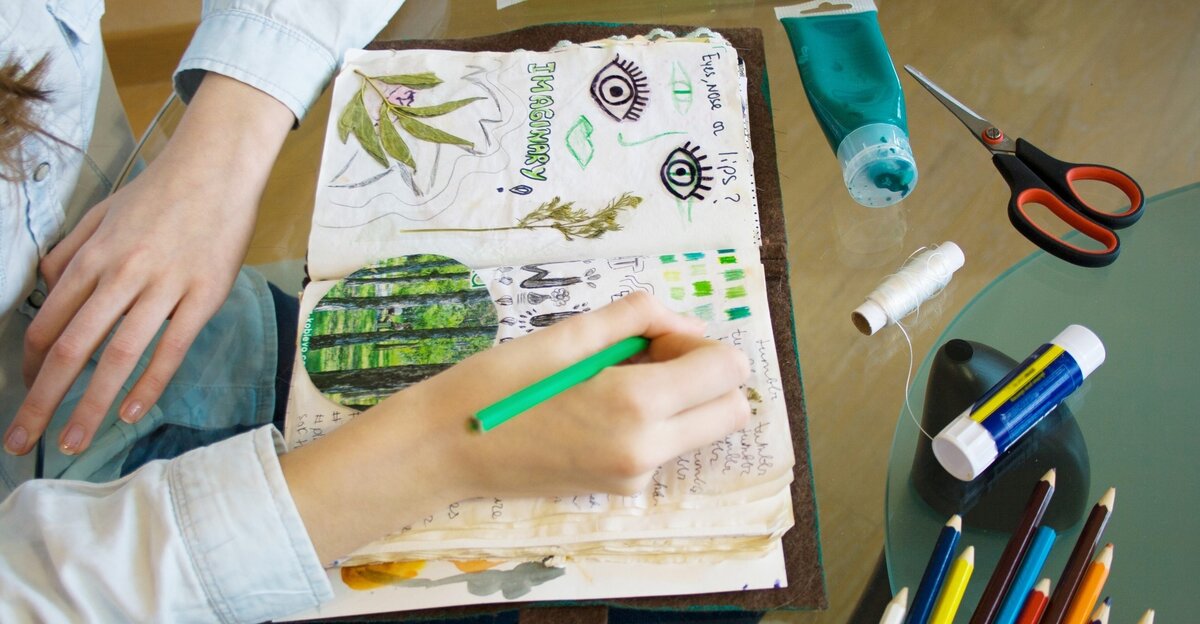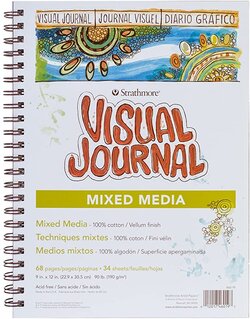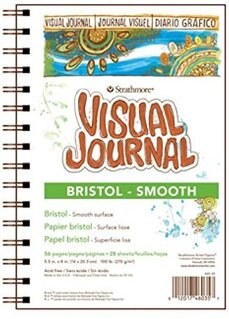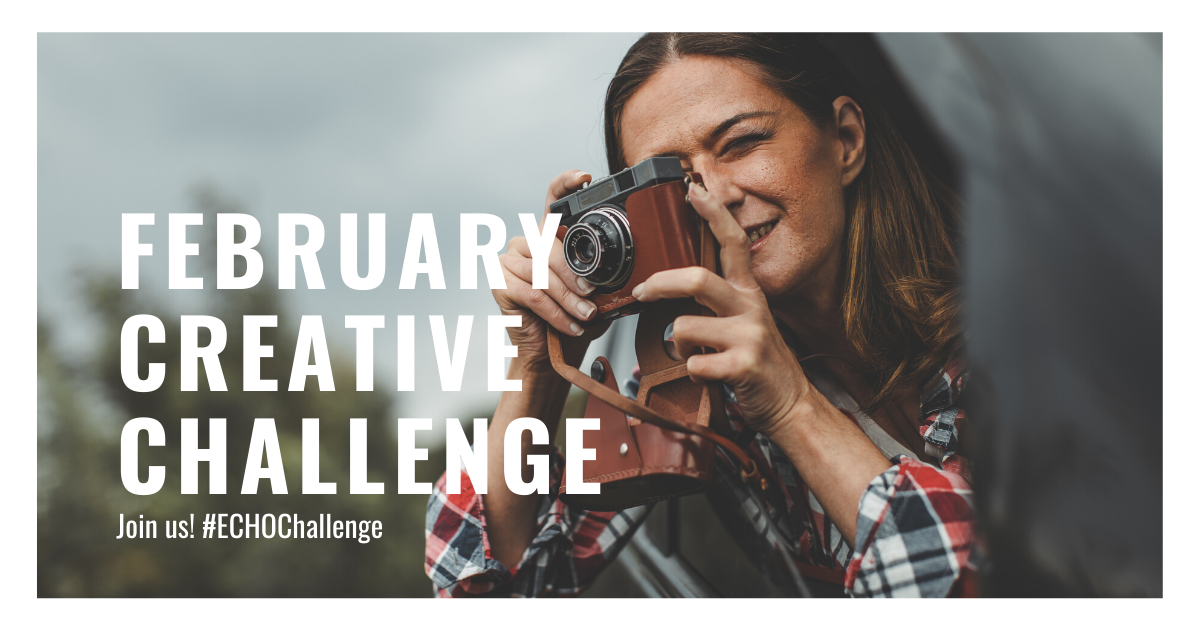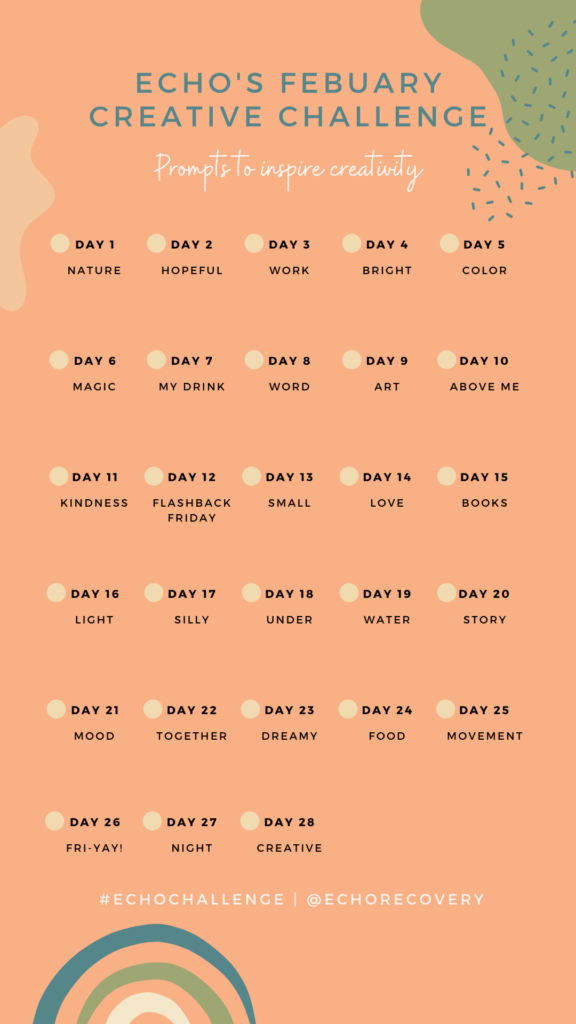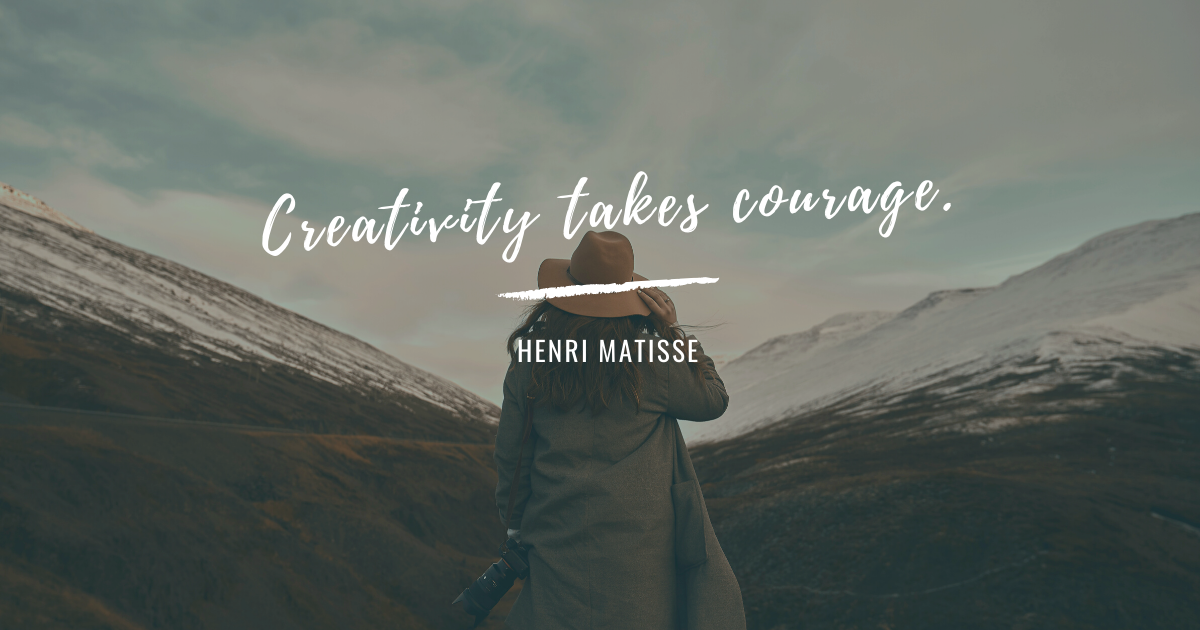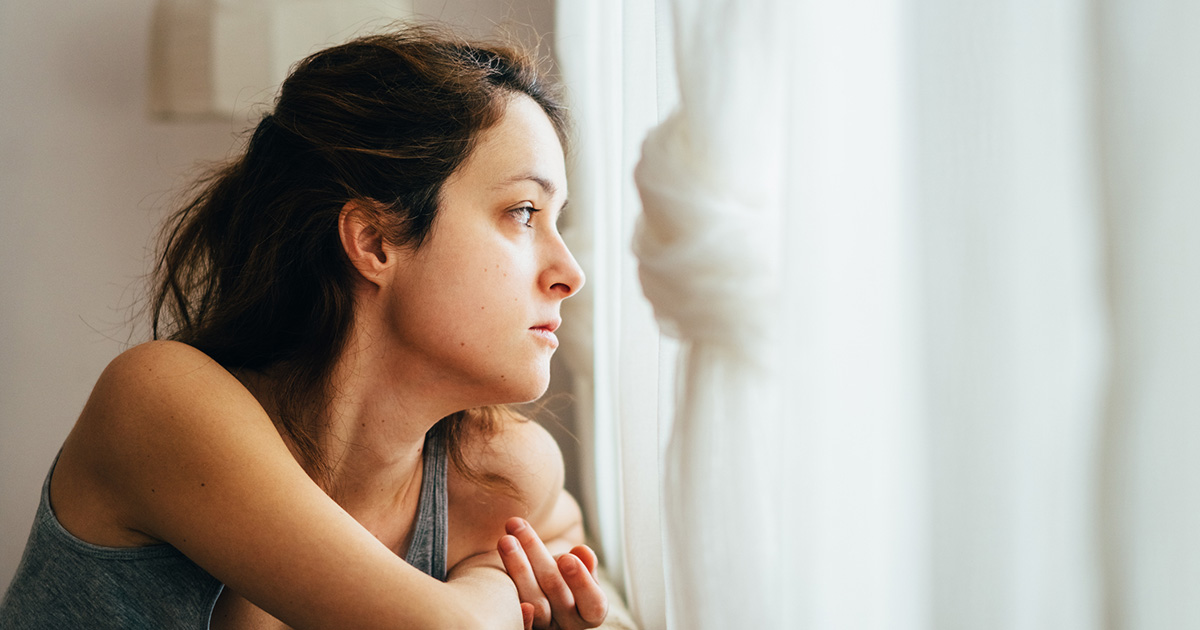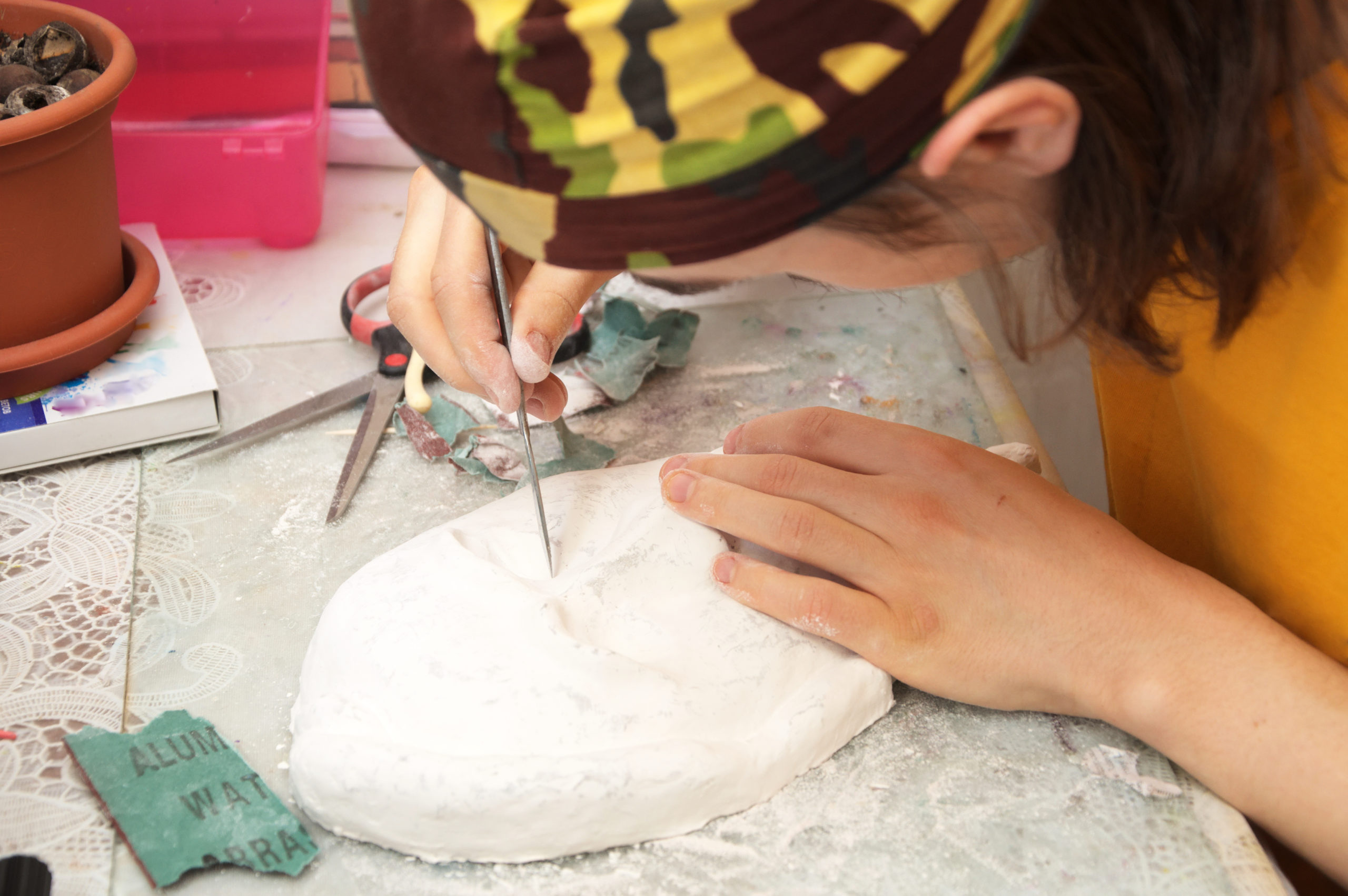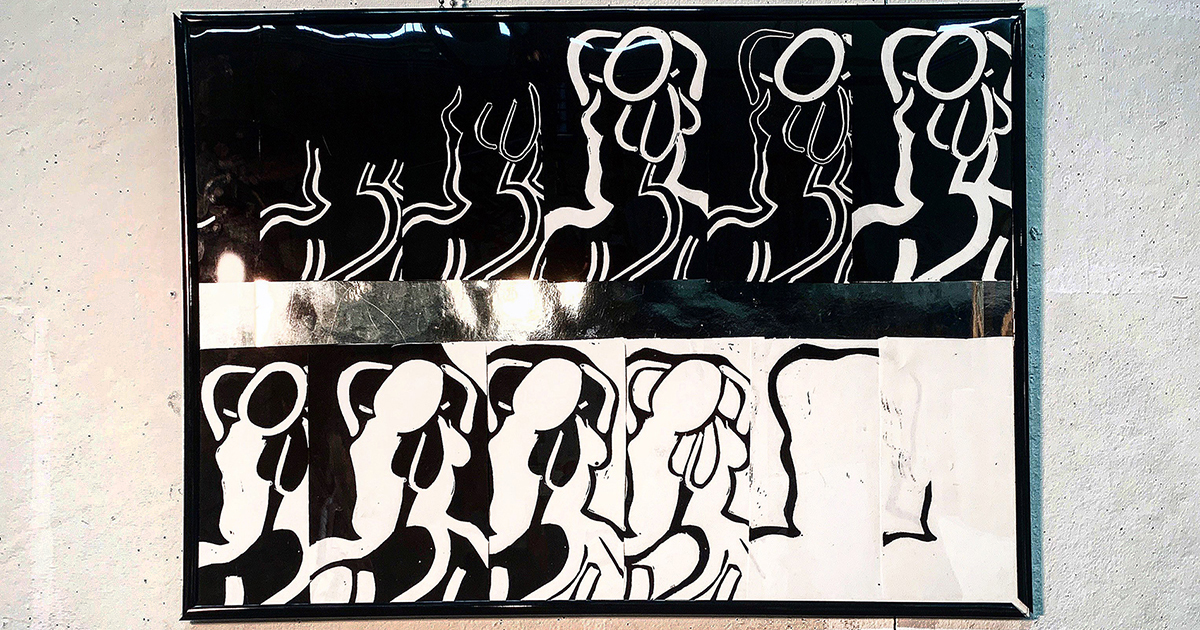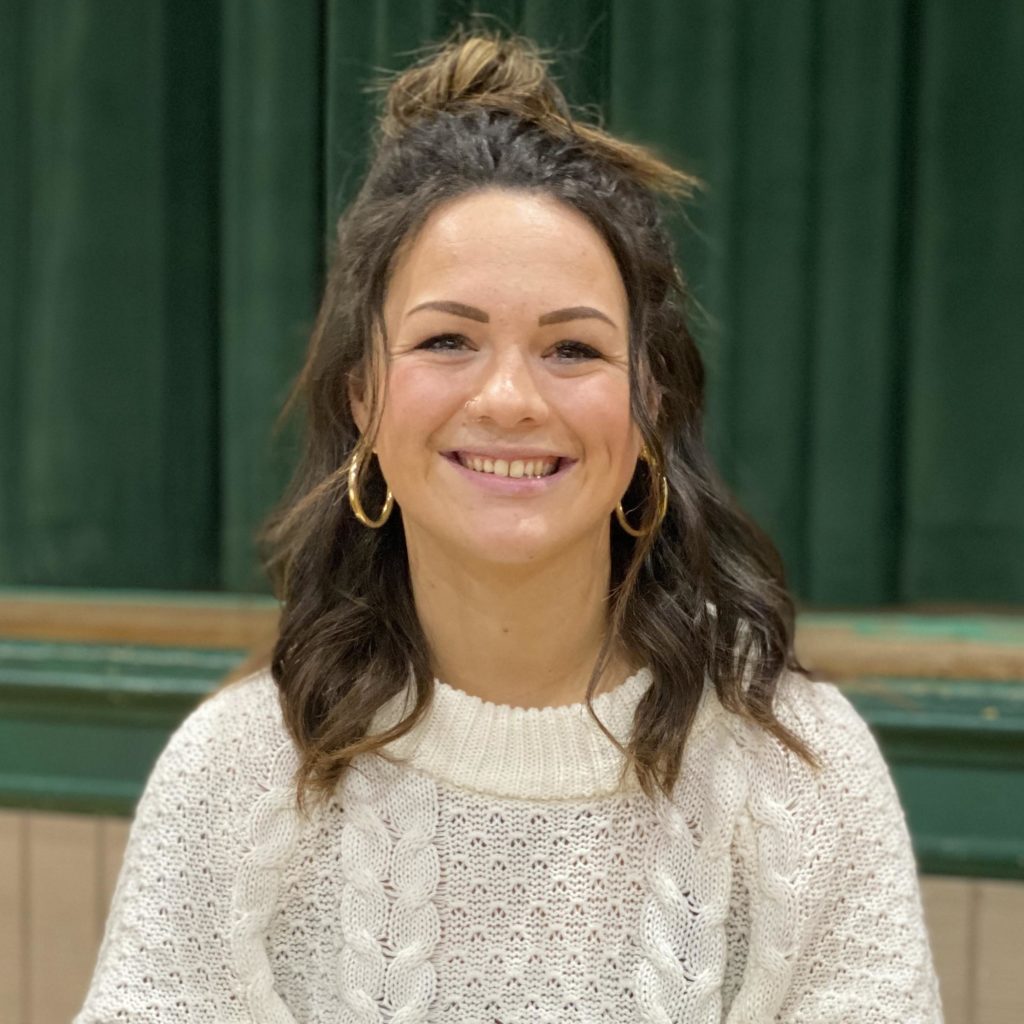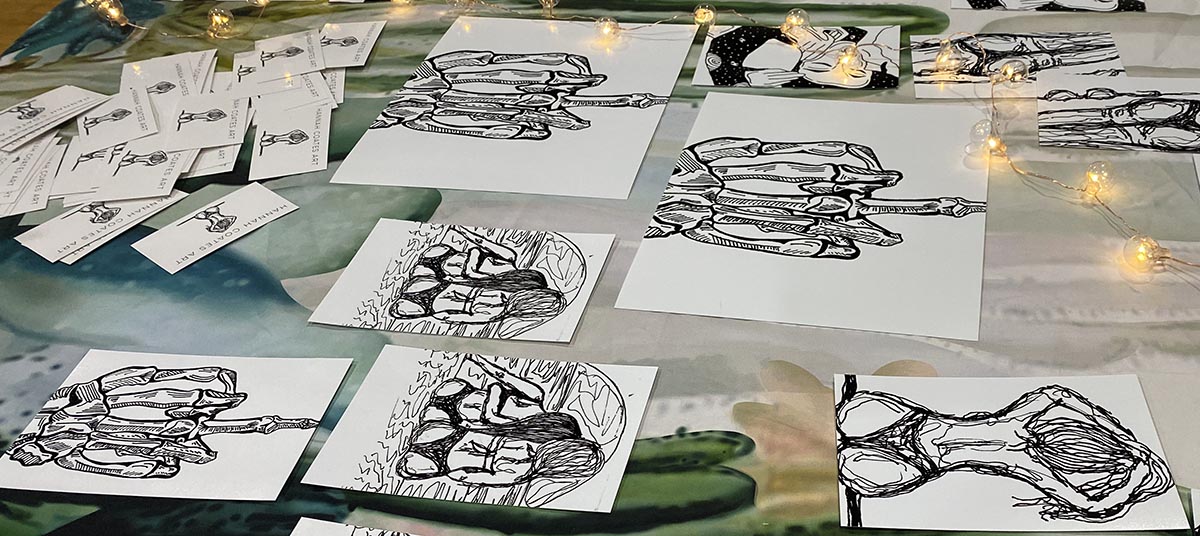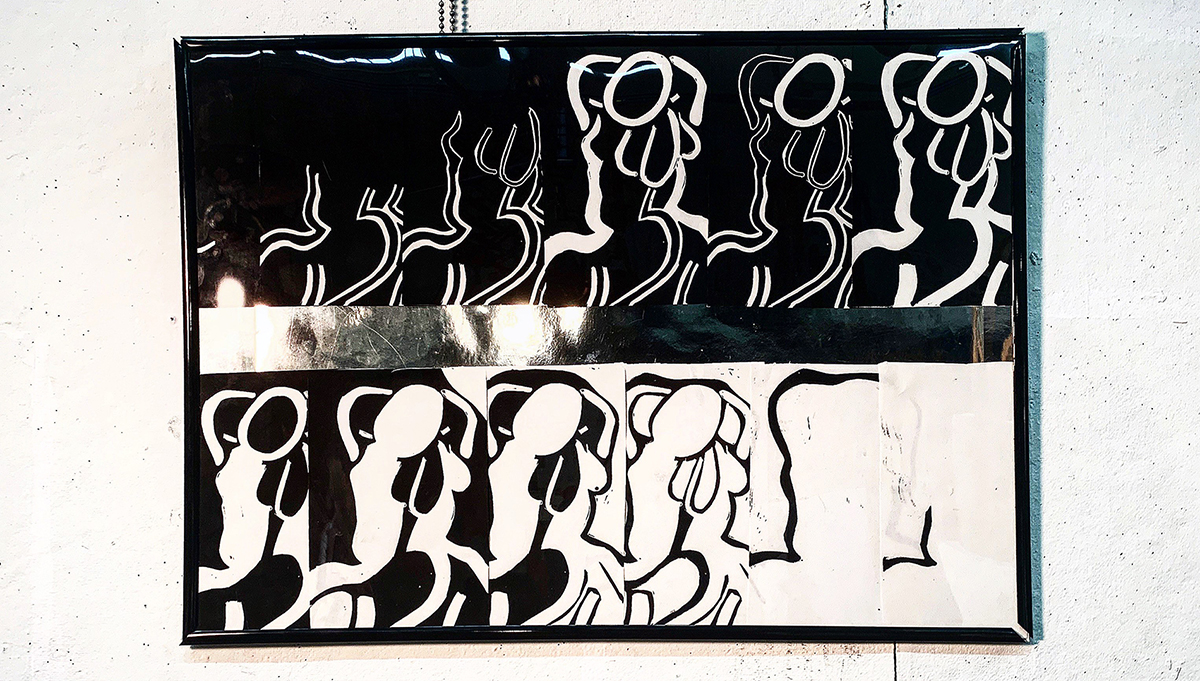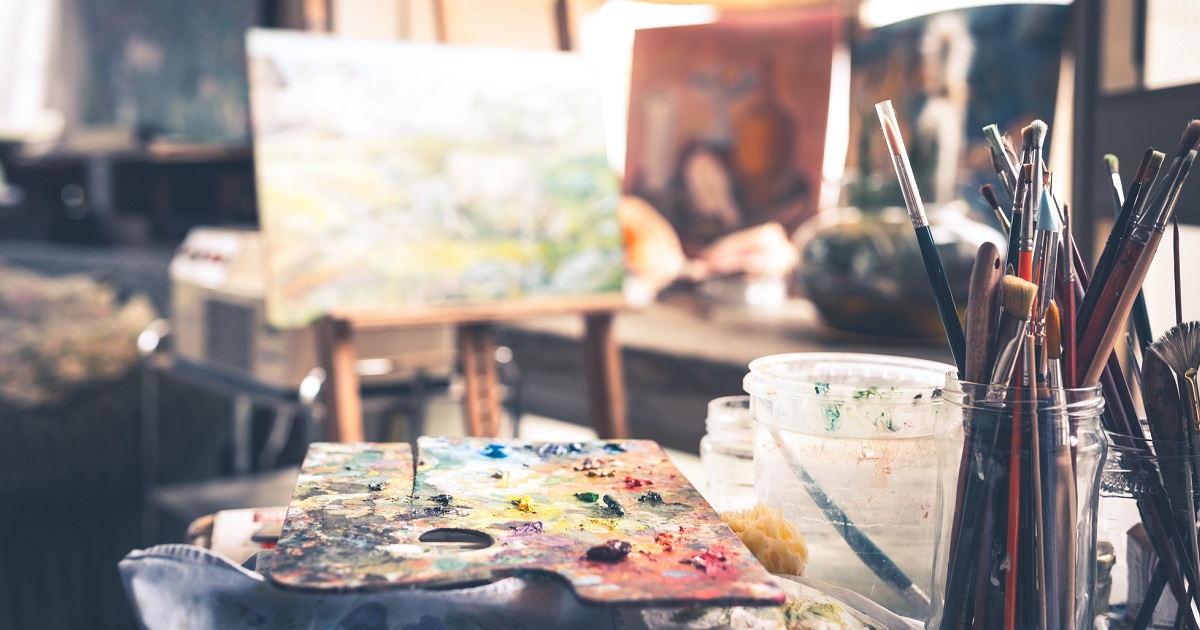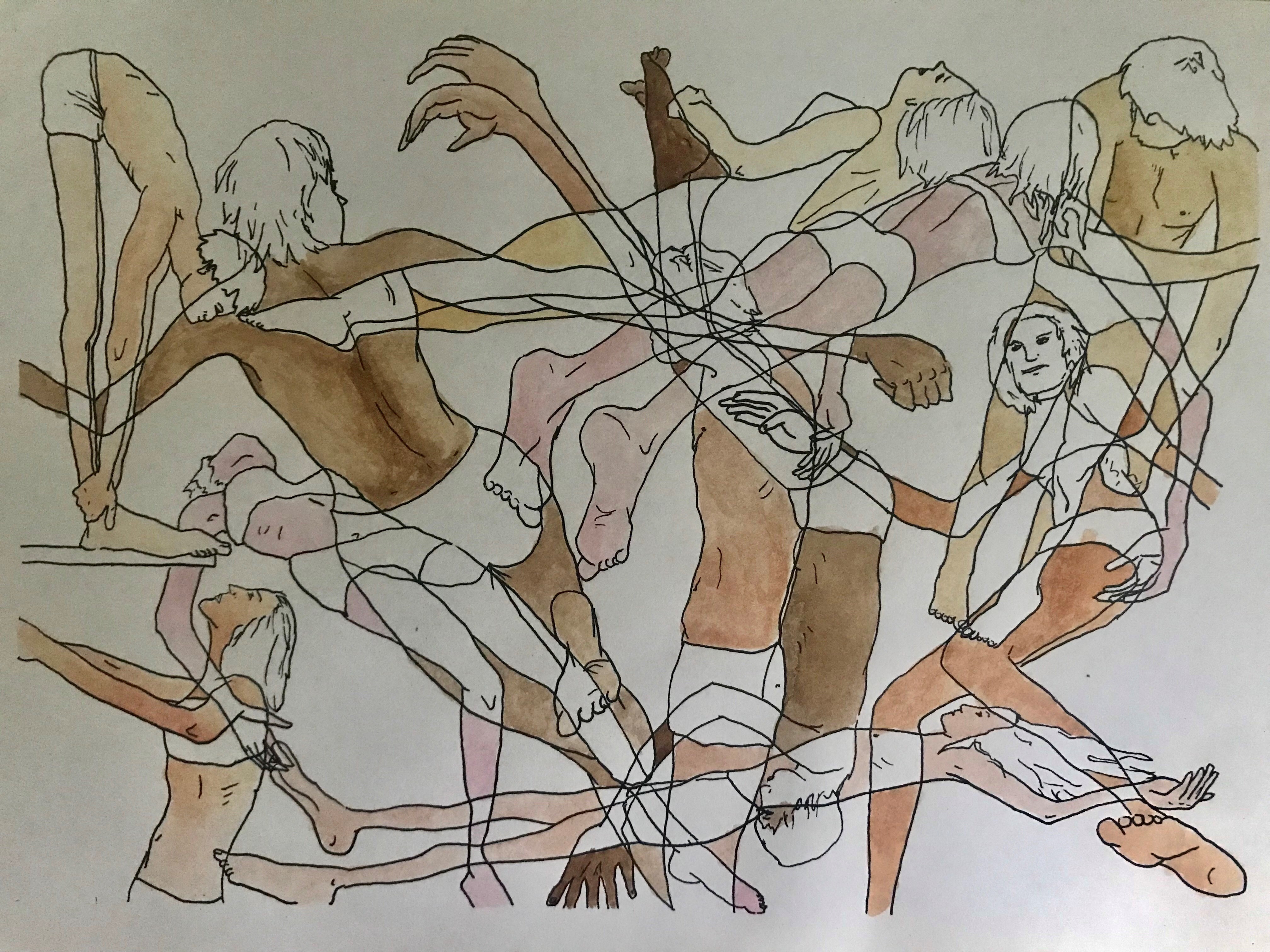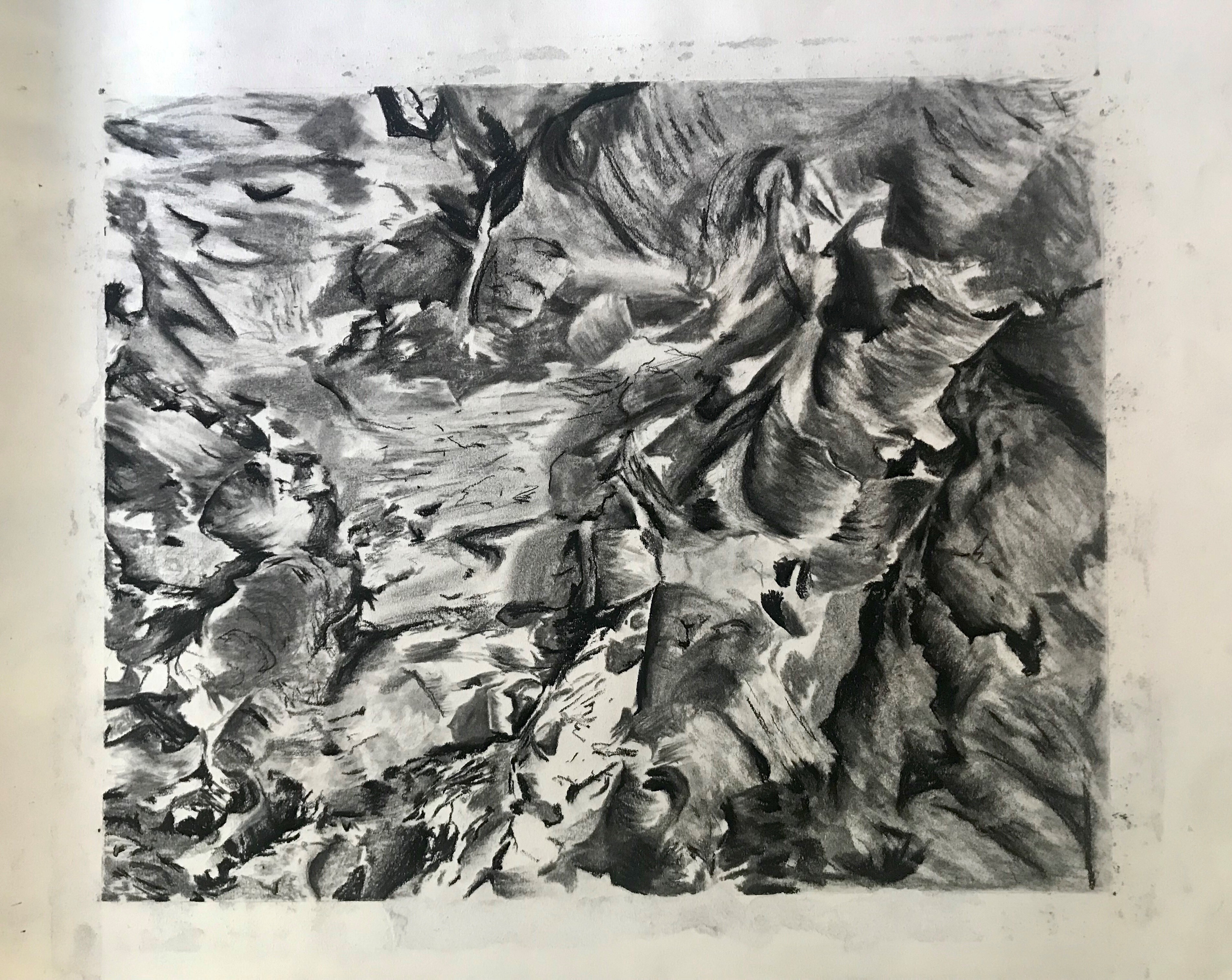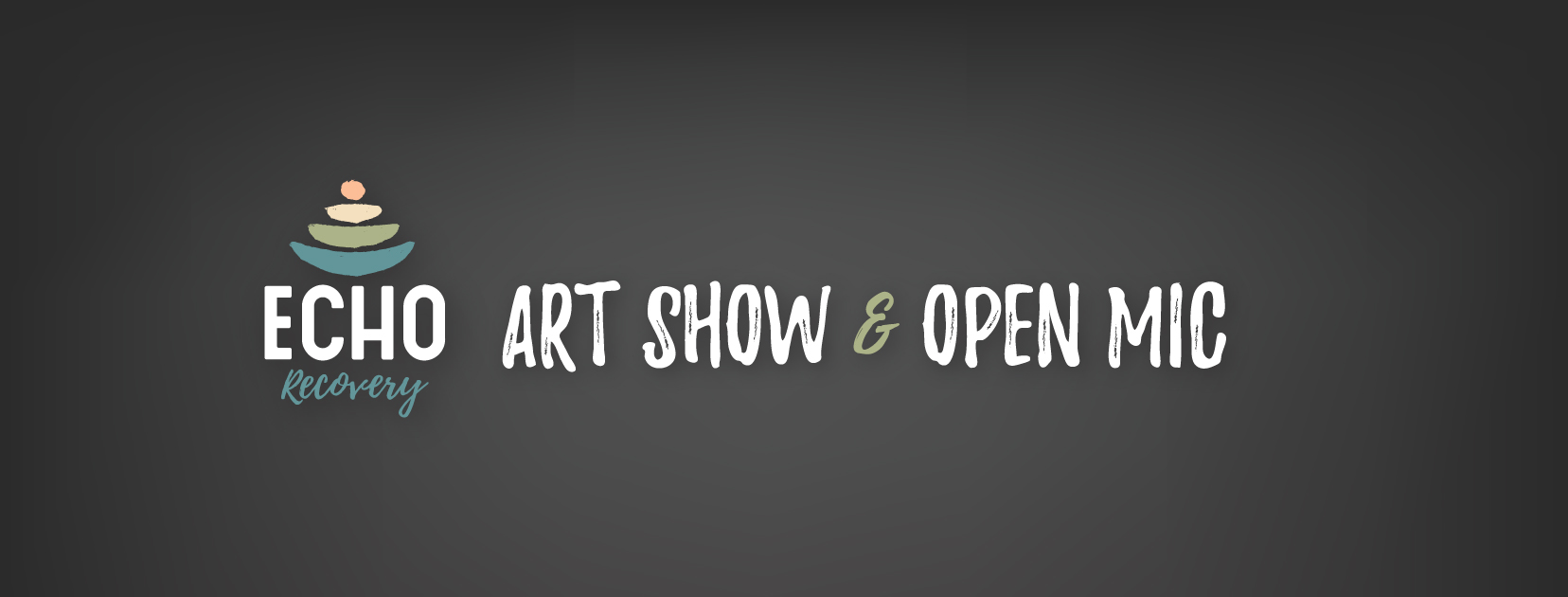As a writer and an artist myself, I’ve always loved journaling. When I was a kid in the ’80s, I remember spending hours in my room drawing, cutting out pictures from magazines for creative projects, and writing in my journal. As an adult, I still love spending time creating things with my hands. Sometimes I paint or sketch a little. However, sometimes I find myself wanting to express myself creatively but feel stuck. It’s almost like having a specific project goal, like an assignment from a teacher in school, makes getting started easier. So, when I ran across the idea of art journaling, I got excited. Even though there aren’t any rules, there is a purpose, and you can create a personal goal for your work. I find that intriguing as an artist.
Although I am just now discovering this idea, I have curated some themes that might help you (and me!) get started on art journaling. Pick one, try it out and come share your thoughts with me in the comments section or on our social media.
What Is Art Journaling?
Art journaling is a term that encompasses the various artistic ways a person might journal, whether to paint, draw, write, document memories, or simply stay creative. The number one rule of art journaling is… there are no rules! That’s right, even though art journaling is a great way to structure and encourage yourself to engage in artistic time, the journaling itself is a free-flow experience. Art journals can contain as few or as many words as you feel led to include. Incorporate pictures and drawings with words, lyrics, or journal entries, or keep just to sketches and doodles. Between the bindings of your blank journal, the world is your artistic oyster!
Our Recommendations:
Great for wet and dry media, including watercolor and acrylic paints, pen, marker and other inks. At 9″x12″ this is a larger sized notebook, so, if you prefer a smaller version, they also sell a 5.4″x8″ version that has 28 sheets, which is 4 more than the 9″x12″ notebook.
At only $9.31 for the smaller version and $14.84 for the larger book, you can’t go wrong with either one as a starter journal!
Incorporating Mixed Media
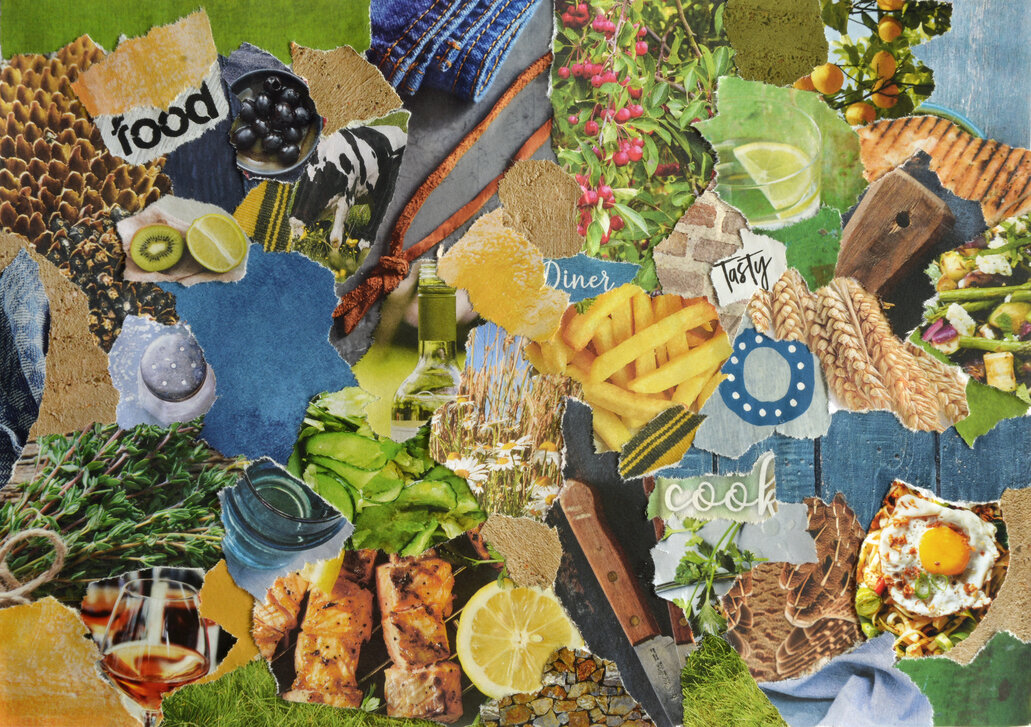


Theme Ideas
If you are looking for specific inspiration on how to fill empty journals, here are a few great ideas I’ve come across. Let’s get inspired together!
Botanicals



Flowers, plants, and gardening are great sources for a themed art journal. Whether your journaling nook overlooks an actual garden or a concrete jungle, inspiration is all around for those with a green thumb. You could even doodle your beloved indoor plants within a room scene.
Botanical prints are increasingly popular as home décor. They look so classic and feminine and can adorn any bathroom or kitchen with a splash of brightness. Create your own botanical prints in an art journal by combining sketches or watercolors of flowers and plants with freehand calligraphy of the formal botanical names.
Even seed packets and gardening magazines are great fodder for floral inspiration!
Our Recommendation:
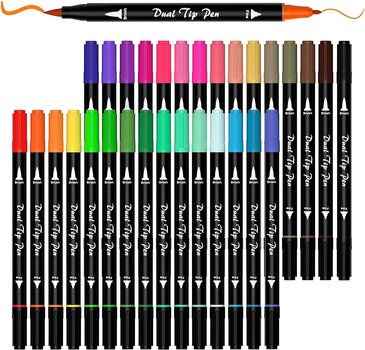


An easy way to begin journaling is with markers. This pack contains 30 vibrant colors with 1-2mm flexible fiber brush tips on one side and and 1mm fine tips on the other side of the marker, allowing you to create medium or bold strokes. Also, a great product for someone looking to try art journaling without a significant investment upfront as they are priced at $6.99 on Amazon.
Books
Are you a bookworm? It may seem a little meta to fill a book with, well, books, but literature could make an amazing art journaling theme! Combine doodles of books and bookshelves or even the books you own. If you are more advanced at drawing, sketch out your favorite characters or illustrate brush-script quotes on the page. Vintage books are especially inspiring aesthetically. You could even use the mixed-media approach to incorporate quotes, fonts, or pictures.
Architecture
Buildings are the new stairs when it comes to a satisfying doodle session. Play with depth and perspective drawing skyscrapers with hundreds of windows. Sketch antiquated row houses — think Charleston, Boston, New Orleans, or even the 18th-century homes of London’s Notting Hill. This style of drawing is great for beginners, as it relies on straight lines. It even looks great in ink pen or dark pencil. If you’re a lover of unique homes and buildings, this could be a great theme to start your art journaling journey.
Dreams
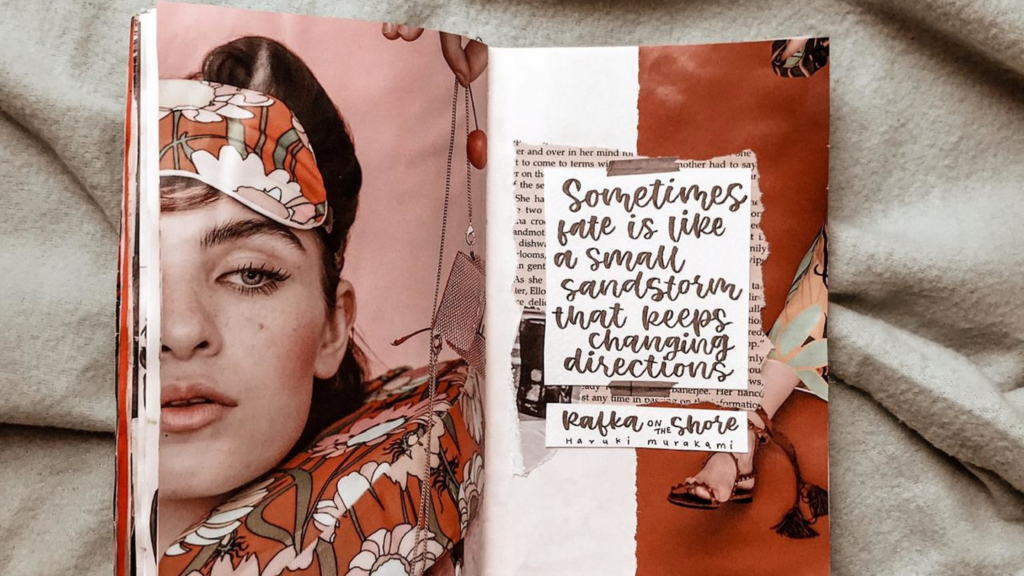


Do you dream often? Are you one of the lucky few adults who can frequently remember dreams upon waking? If so, you may have considered keeping a dream journal. Why not turn it into an art journal?
For example, you could jot down a note or two about what your dream entailed and then sketch out what’s in your mind’s eye or how it made you feel. This would be a great way to process your thoughts and discover new patterns in your dreams.
Loved Ones
A simple-but-beautiful idea is to dedicate an art journal to a loved one. This could take many shapes and forms. It might be sketches, more writing-heavy, or a combination of both, along with other elements. One might dedicate a journaling project to their child, writing down memories of those fleeting young years along with pictures and doodles. Conversely, a journal could center around a love interest, a parent or grandparent, or could even be a way to remember and cope with the loss of a loved one.
Recipes
Calling all foodies! Food is a work of art, too, right? Though it may not be the most obvious inspiration for an art journal, cooking and recipes may be ideal for the right individual. For instance, you could craftily write out a recipe (particularly something sentimental) and sketch what the dish looks like. You could paste in recipe cards in a loved one’s writing and doodle memories of being in the kitchen! If food lights your fire, enjoy making it your own!
Positive Affirmations
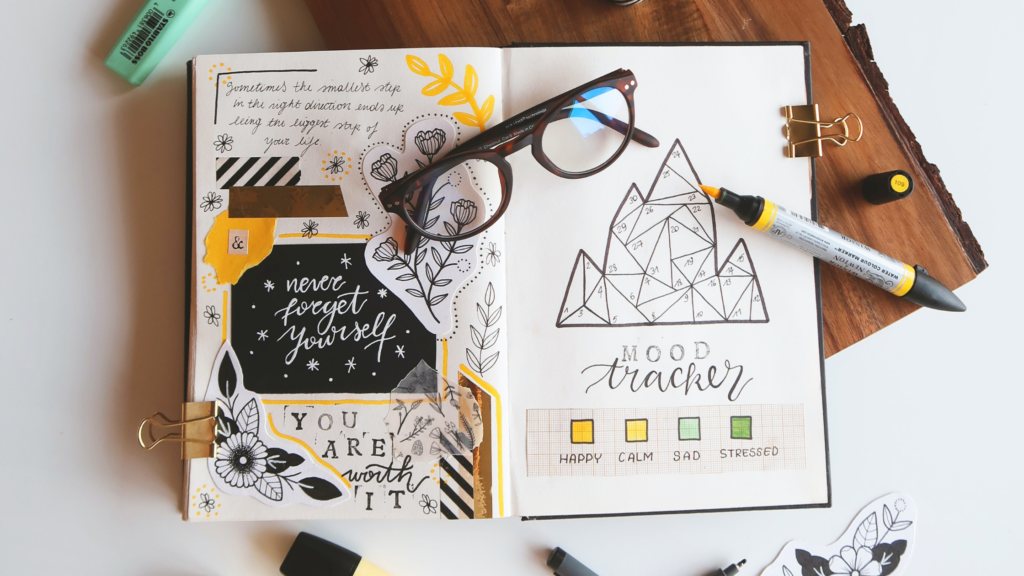


Most of us know that positive affirmations are a great way to start or end the day. Depending on one’s journey with self-esteem, this can be challenging or even feel a bit awkward. Using art to channel these emotions is a great and rewarding tool.
How this might look in a journal is a personal choice — whether it is more visual or include more writing. Take your journey with self-care and loving yourself through artistic expression!
Mandalas
In various Eastern cultures and religions, mandalas have deep meaning. They are also commonly used in a secular way as part of therapy programs, and they are commonly found in coloring books for adults. Why not create your own? The geometric shapes and patterns within mandalas are thought to be relaxing and centering and to represent organization, wholeness, and the infinite nature of the world around us. Even if life feels chaotic, drawing, painting, or coloring mandalas may help to focus your mind. It may even be a great piece of a morning yoga ritual — adding to your mandala journal. Another great thing about mandalas is that they can be perfectly symmetrical with the help of stencils or more fluid with a freehand approach. Do what feels right!
Our Recommendation:
If you’re looking for something a little nicer, I personally LOVE Prismacolor colored pencils. They are softer than regular colored pencils and offer a creamy texture, almost like marker combined with crayon. This beautiful set has 132 colors, but it will cost you around $75.00. They do have a 36, 48, 72 and even 150 count pack, but it looks like right now all but the 132-count and 48-count are sold out.
You can snag the 48-count for just under $40 on Amazon:
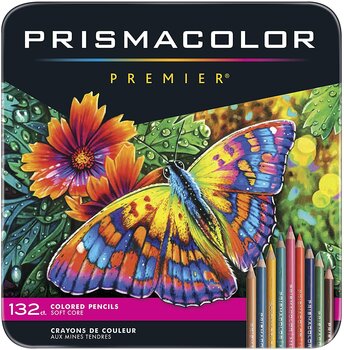


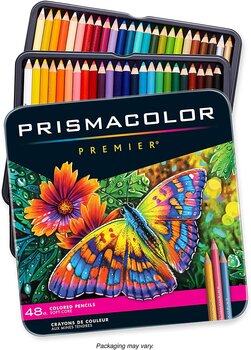


Travel
A large portion of creative types love, or aspire to, travel. It may seem like an obvious choice, but traveling is a great source of artistic revelations. A travel-themed art journal could take a few different forms. It could be based around a single extended trip. Are you finally spending that month in Paris? Journal every day you’re there, jotting down anecdotes and sketch your surroundings. If actual travel is not on the agenda, you could document the various places you hope to visit or have visited through the years. This is another opportunity for creating a lovely keepsake with physical items, like tickets, hotel, and restaurant matchbooks, or foreign currency.
Furry Friends
You could create an entire journal of great memories with or sketches of the furry members of your family, both past and present. Not only are animals fun to illustrate, but it is an entertaining and creative endeavor to dream up artistic scenes involving your pets! Have fun with it.
Mental Health
Many artists find creating pieces about their mental health issues is a great way to express their feelings. An art journal focused on your mental health could be a great way to share your emotions without words, process complex feelings and find even find relief.
Art can help boost confidence, make us feel more engaged and resilient. In addition to these benefits, studies show engaging in an artistic activity also alleviates anxiety, depression and stress.
Our Recommendations:
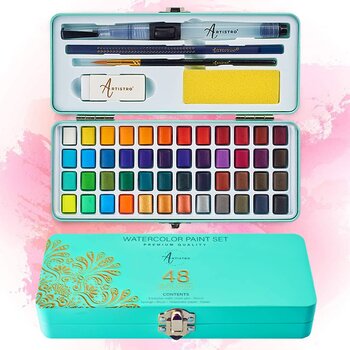


There are a LOT of paint set options on Amazon, but this set is one of our favorites. It comes with 48 colors including 4 fluorescent and 4 metallic colors in a portable teal box, which is great if you want to take your art on the road! The kit also includes 10 sheets of 300g watercolor paper, their exclusive water brush pen, sponge, drawing pencil, brush, eraser and swatch sheet. A great value for $26.99.
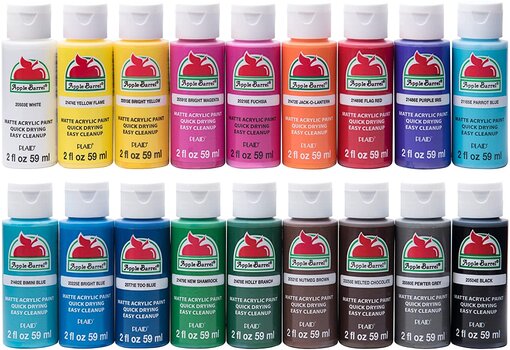


Another great art supply product for the price, these Apple Barrel acrylic paints are great for getting started with painting. Acrylics are forgiving as they’re easy to water down and paint over if you make a mistake. This box comes with 18 assorted colors for less than $18.50 and the versatile colors are everything you need to create your new masterpiece!
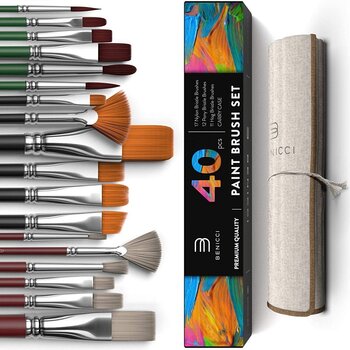


This 40 piece easy grip paintbrush set might be overkill for some, but if you want to try different types of paint and styles of painting, this is a versatile choice. The set includes 17 Nylon Bristle, 12 Pony Bristle, and 11 Hog Bristle brushes for you to choose from. The brushes and carrying case will set you back about $20, but we think it’s worth it for the quality and amount of brushes.
So Many Great Ideas for Art Journaling!
Okay, now that you have a few ideas, let’s do this thing!
Grab yourself a sketchbook or journal, some paints, brushes, pretty paper, magazines, pictures, stickers, markers, scissors, glue, stamps and any other art supplies that inspire you to create.
Next, pick a theme and set an intention for your new art journal! And, be sure to tag ECHO Recovery on Instagram when you share photos of your creative pieces.
Jenny Weatherall is the co-owner and CEO of Eminent SEO, a design and marketing agency founded in 2009. She has worked in the industry since 2005, when she fell in love with digital marketing… and her now husband and partner, Chris. Together they have 6 children and 3 granddaughters.
Jenny has a passion for learning and sharing what she learns. She has researched, written and published hundreds of articles on a wide variety of topics, including: SEO, design, marketing, ethics, business management, sustainability, inclusion, behavioral health, wellness and work-life balance.
